A piece of student artwork was the subject of a public comment alleging censorship and discrimination at the Board of Education meeting on Nov. 12, 2024. Niles West junior Hasan Hedayat addressed the school board regarding the removal of an art piece during the summer of 2024.
The artist, a West student who the Niles West News has agreed to keep anonymous, was not informed of the piece’s removal until the beginning of the 2024-2025 school year.
“I’m glad my art made an impact so much that people wanted to take it down. But at the same time, I feel like it’s suffocating knowing someone taking away something that’s meant to communicate to a lot of people…My piece didn’t have any violence or it wasn’t attacking and [it was] off to the side. It was more like understanding what was going on in Palestine, and giving the people who can’t share about themselves a voice to tell other people,” they said.
According to Fine and Applied Arts Director Patti-Anne Ford, all art pieces displayed must meet the criteria stated in the District 219 Health, Wellness and Safety Clause.
“We definitely started to push our students to develop their artistic eye, and their voice. In doing that, a lot of their artwork became more progressive, more emotional, more intuitive and a call to action of what’s going on in your world…[Art teachers] are in conversations with the parents and they sign a health and safety clause document, which is something we had to create when the artwork became- some of the pieces were triggering for other students…We’re giving students a place to process this, and we want them to make art that’s powerful [and] meaningful to them, but we also need to keep in mind all students in the building and how seeing some of this art could affect them,” Ford said.
According to Deputy Superintendent Roszena Haskins, multiple art pieces were removed during the summer to prepare for the upcoming school year.
“Last spring there were multiple pieces of artwork selected for [the] Spring Art Showcase and the Collective Exhibit. As I understood, it was intended to artistically promote social responsibility based on the unit. All of the artwork in that exhibit remained on display for several weeks during the spring semester and throughout the greater part of the summer recess. All of the work in that exhibit, as well as adjacent showcases, were removed at the same time as we prepared our schools for the new year,” Haskins said.
The artist’s piece, which was created for their ceramics class, was not a part of an exhibit, conflicting Haskins response. Haskins also explained that administrators make the decision to remove artwork.
“Any decision to remove any artwork from an exhibit, it’s never made lightly. The people that make those decisions about maybe something that might be reconsidered or should be reconsidered, that is not done in isolation,” Haskins said. “It’s with a group of educators and administrators really looking and assessing whether a display aligns with the educational goals, and truly, the well-being of our diverse community.”
At the board meeting, Hedayat also spoke about a piece that he created, which was not displayed in the hallway.
“During the school year, I created an artwork depicting the genocide and imprisonment
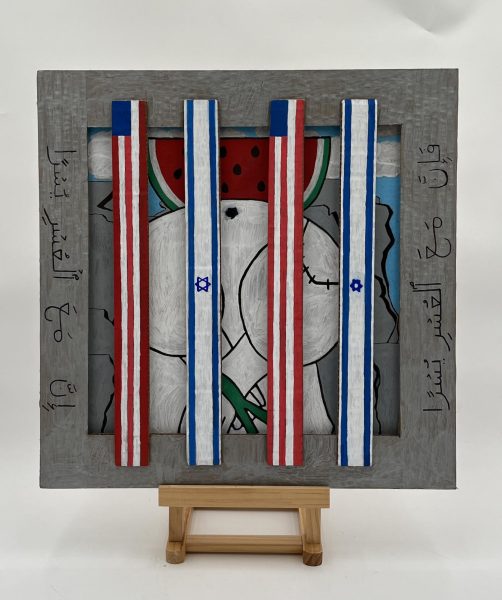
of Gaza for a school art project. When the artworks for that class were put up, I noticed that mine was absent. When I asked why, I was told that the piece could not be put up because of concerns for my personal safety if someone found out I made the piece, and the possibility of it offending other students…In the future, the school should not prevent artwork from coming up unless they can prove definitively that it presents a clear and present danger,” Hedayat said.
Hedayat created the piece for his Paint/Draw class, taught by John Zilewicz. Zilewicz explains the thought process behind displaying artwork in the hallway.
“I believe there’s a time and place for everything, and some things, in my mind, it’s still a high school. I believe that certain things, you can make them, but maybe they’re not the best thing to put out to the school…Our teachers try to use our best judgement what we deem appropriate for all in the school…You can make the piece, but we’re just saying that maybe it’s not one that goes out in the hall,” Zilewicz said.
According Haskins, art pieces and exhibits will continue to be assessed by the district.
“We are a district that subscribes to a model of continuous improvement. Moving forward, I think as a district, we can and will continue to assess whether any visual, written or spoken form of student artwork being showcased aligns with the educational goals and well-being of our diverse community,” Haskins said.


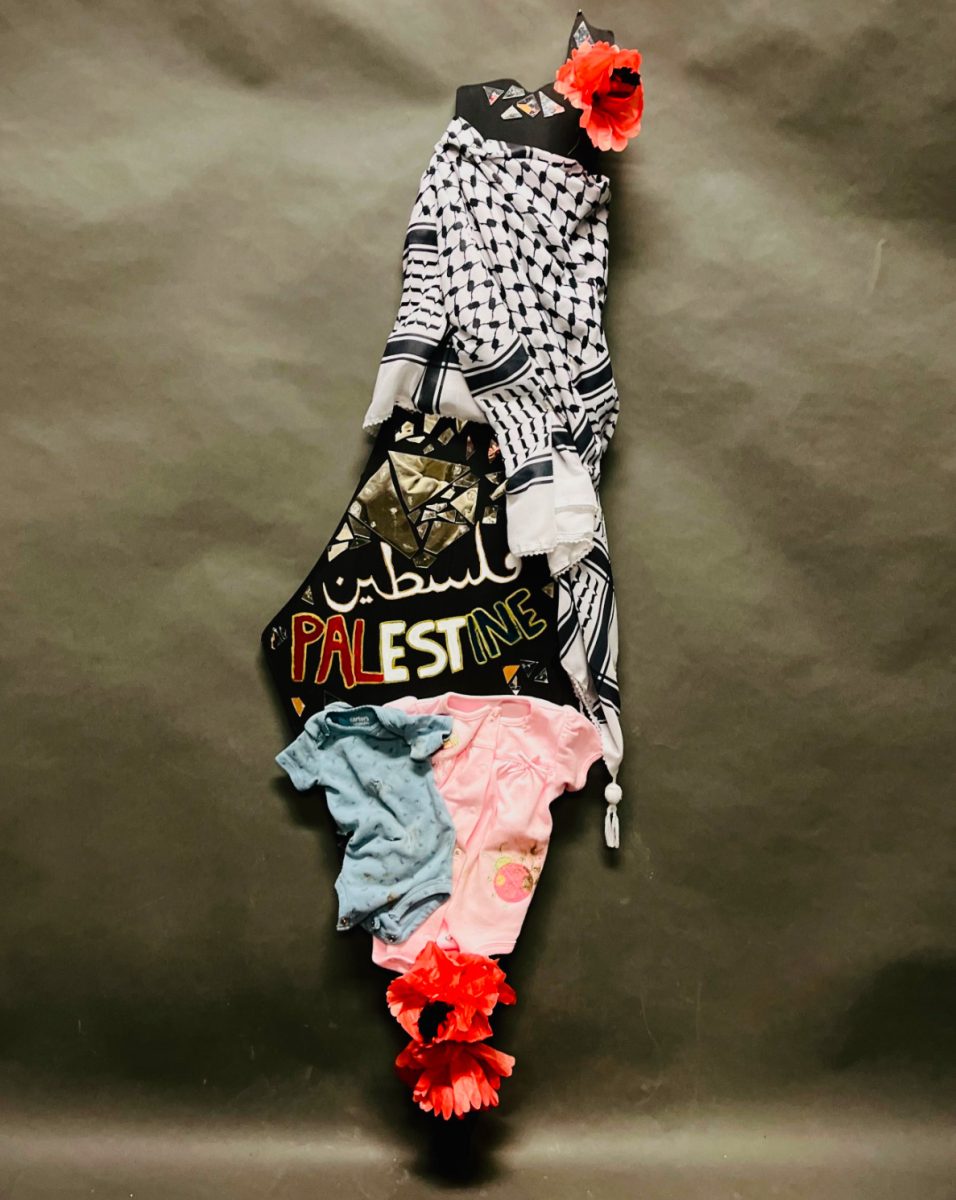

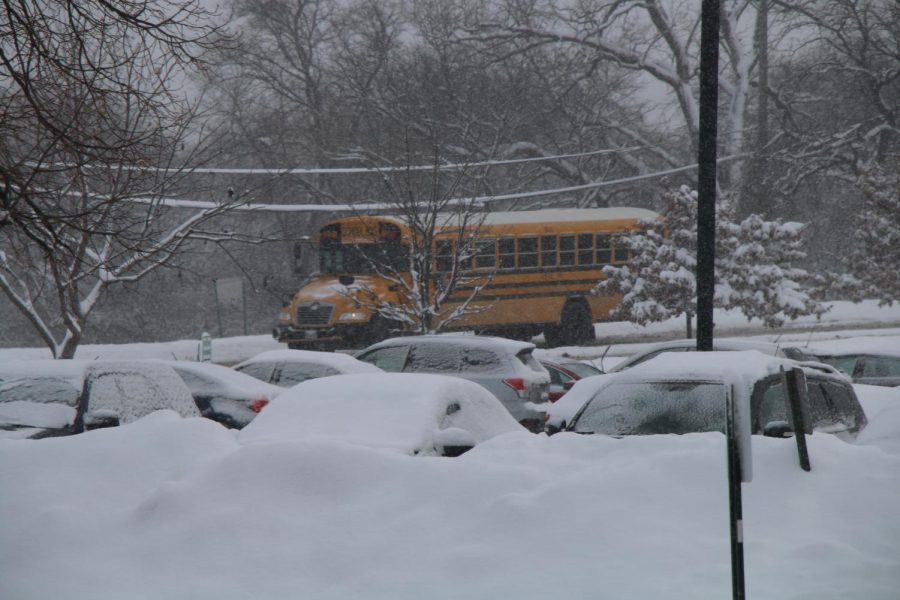

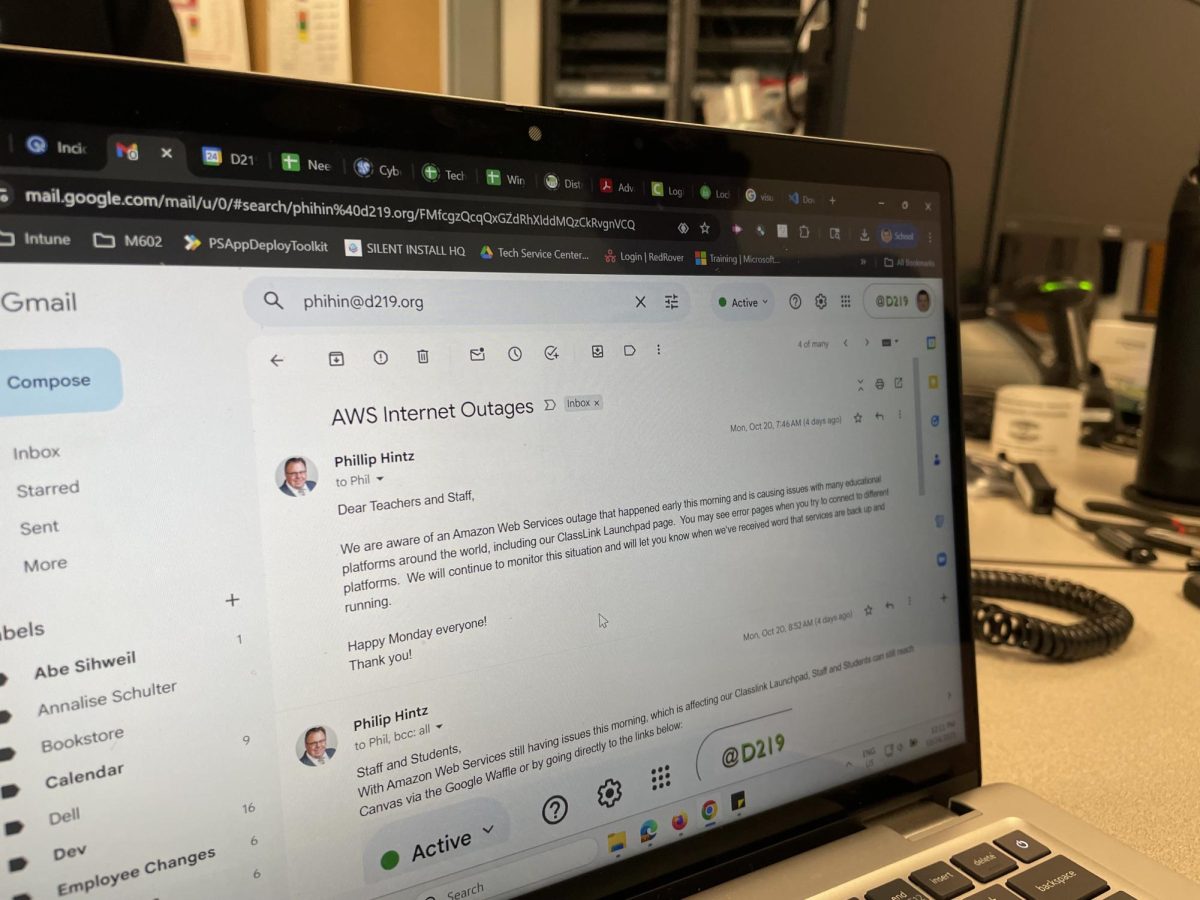
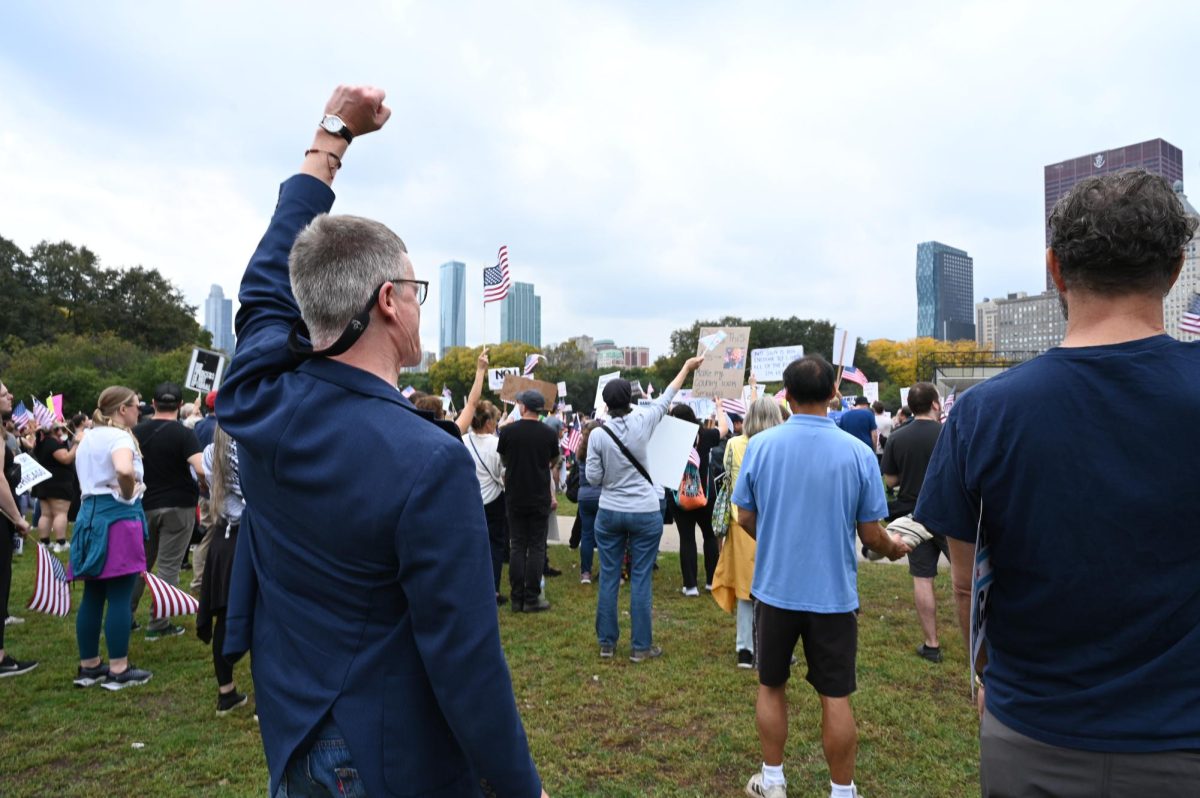

Amelia G. • Feb 13, 2025 at 11:55 AM
I fail to see how suppressing students expression does anything but stifle us. We are more than capable of mature conversation and consideration towards world events. Administration should be facilitating these conversations and supporting students— not shutting it down before it can happen.
Rose • Feb 11, 2025 at 10:27 AM
The relevance of the “Health, Wellness, and Safety Clause” does not make any sense here. It seems like a poor excuse for taking down these works. It is essential that we give our students freedom and not censor their works (unless they do promote hate speech, violence, racism, etc – which these works clearly do not do). They are clearly advocating for social justice and basic humanitarian rights. If people are “offended” by these works then they need to do some self examination *which is what dood art does- it makes people question things*. Proud of these students for making such poignant works.
John • Feb 5, 2025 at 12:03 PM
It appears to me that both pieces depict something incredibly poignant and relevant to students around the world today. The Israel/Palestine conflict will of course stir up fierce debate and emotions, but it is something that must be discussed. These art pieces are wonderful and if someone finds them offensive enough to take down or not display, then THAT conversation should be had instead of unilaterally deciding not to show it. High school students are old enough and mature enough to be able to have a discussion about real life current events, politics, and how those things affect them.
Rose • Feb 11, 2025 at 10:19 AM
THIS.^^^^^^